To many gardeners, roses are the perfect flower. They have a long flowering period, an incredible perfume, are relatively resistant to disease and there are, literally, thousands of roses to choose from. Roses work brilliantly in a variety of situations, so whether you want to add roses to create a cutting or cottage garden or simply want to add color and texture to an arbor or trellis, here are a few tips on how to successfully grow beautiful roses.
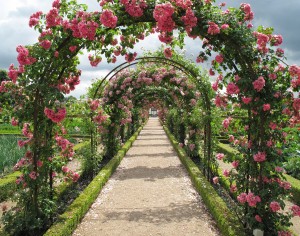
Pick a sunny spot. Although some roses can survive in shadier areas, the optimal location for roses is in the sun. Roses like at least 6 hours of direct sun daily, if possible, and thrive in areas with good drainage. If your soil is clay or sand, add plenty of organic material (like compost) before planting.
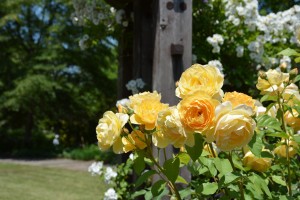
Pick the right variety. Before choosing your plants, do a little research about which types of roses do well in your area. Shrub roses are extremely hardy and manage well even in locations which have long, cold winters. On the other hand, excessive heat or humidity is not optimal either, so, before ordering plants, have a conversation with a trusted expert at your local nursery or get some advice at the American Rose Society website to make sure you find plants perfect for your locale.
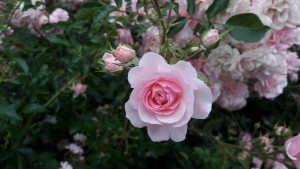
Water well, but wisely. Newly planted roses will need watering more often than established plants. Generally speaking, roses will want about an inch of water during their growing season but avoid using sprinklers for watering. Too much water on your roses (or in the surrounding air) will cause root rot and fungal diseases.
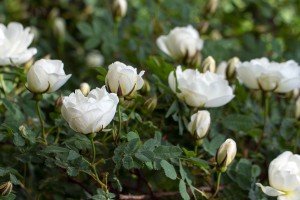
Don’t forget the mulch. Mulch makes growing roses so much easier because it keeps the soil cool and moist during a long, hot summer. Also, mulch helps prevent weeds and, if made from organic material, will give a great nutritional boost to your plants.
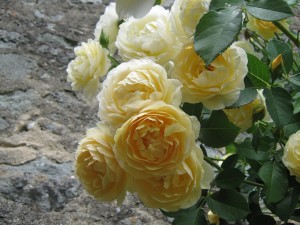
Deadhead for non-stop blooming. Once a blossom fades, don’t forget to deadhead (remove the spent blossom.) By doing so, you will encourage new growth since the plant’s energy will not be wasted on a flower which is no longer blooming. If you deadhead regularly, you will have non-stop roses all season long.
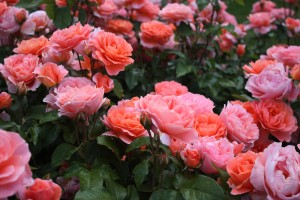
Finally, if you’ve never planted roses before, don’t be afraid to try. While there is a bit of a mystique surrounding the cultivating of roses, by choosing carefully and tending your roses consistently, even a novice grower can have an amazing rose garden.

0